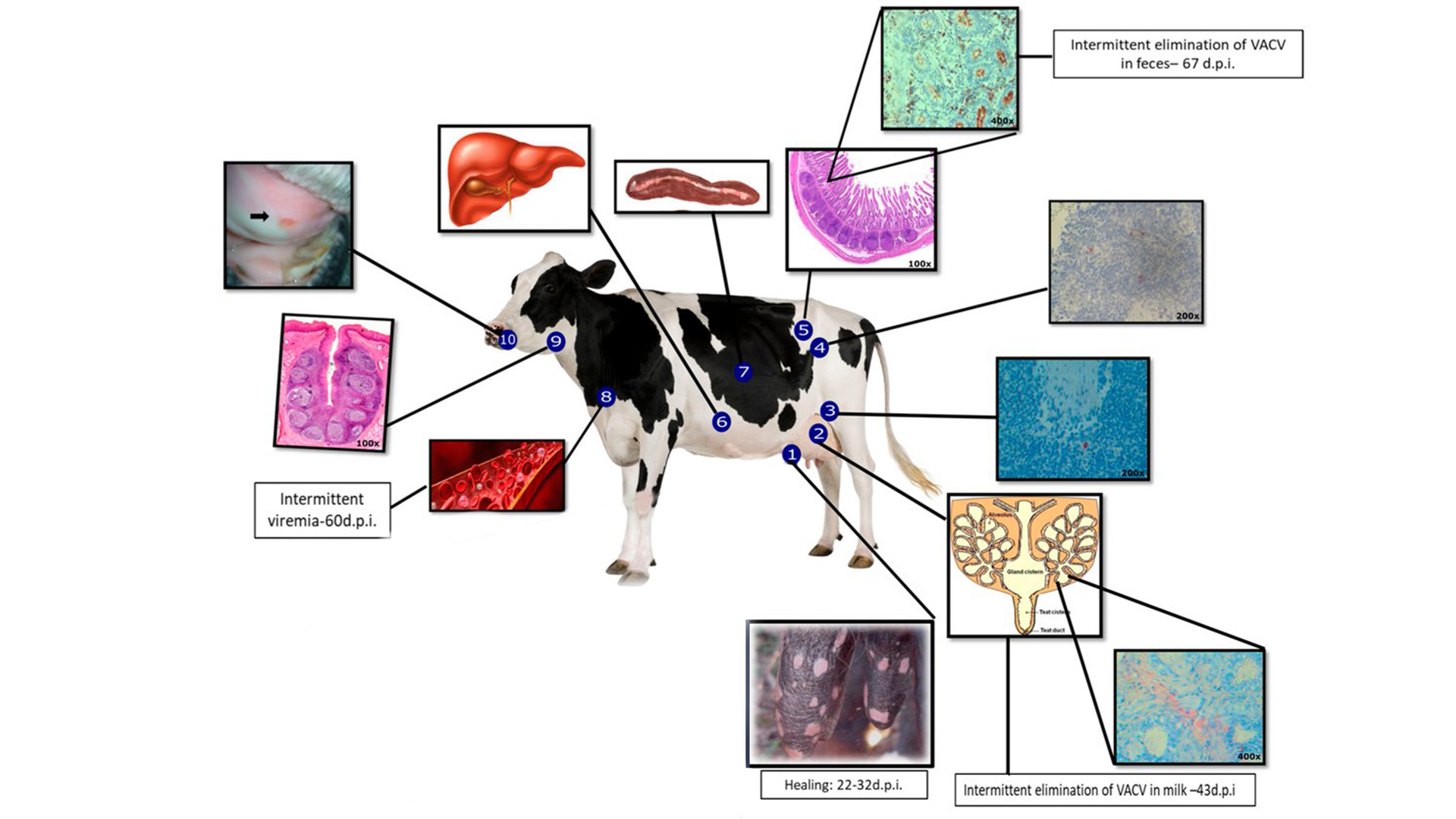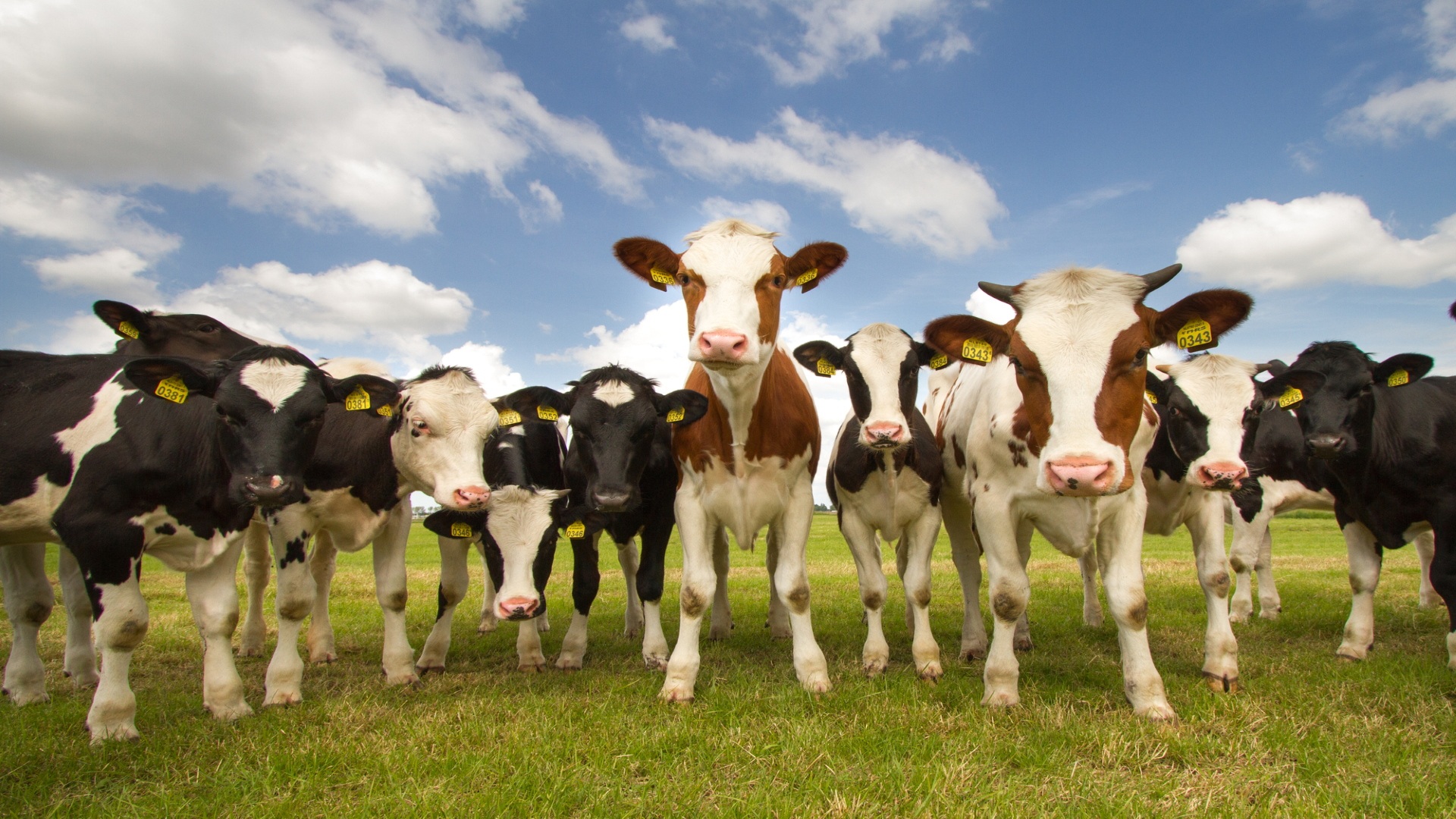Good nutrition involves necessary minerals, vitamins, protein, and many others. All cattle require subsistence for essential bodily functions and better immunity support. However, nutritional deficiencies can cause severe health problems in growing cattle pregnant cows, and buffalo. This means inadequate supplements in their feed lead to problems such as reproductive disorders, reduced fertility, poor growth, weak bones, and sudden death.
This article will thoroughly discuss the long-term effects of nutritional deficiency and its solution in high-yield cattle.
The following are common signs of nutritional deficiency in cattle:
Stagnant growth
Enough supply of nutrients is required for pregnant and young, growing cattle. On the flip side, improper nutrition reflects the hampered growth rates as they fall sick or stressed. Poor nutrition can cause growth suppression, resulting in more diseases or even death. The deficiencies could include a lack of energy, protein, vitamins, and minerals. It is important to Identify risk factors to make strategies to manage poor growth rates such as improving feed.
Weak immunity
Immune incompetency can be because by various reasons such as genetics, age, and intrinsic variability but supplementation is a key factor that plays a vital role to boost the immune system of animals. Nevertheless, cortisol impairs the immune system among other things by lowering the level of L-selectin on neutrophil surfaces, which in turn impairs neutrophil activity. One of the effects of impaired immune function is a frequent illness and rumen diseases.
Rumen problems
A poor diet can cause indigestion among beef and cows because of variability in the quality and quantity of their feed. Highly palatable feeds for dairy cattle make them comparatively indigestible, and low-quality roughage can suddenly affect the pH of the rumen's contents.
Reduction in ruminal pH can be because of quick fermentation of ingested carbohydrates or augmentation of ruminal pH hypomotility of the stomach and ingested feed.
Reduced weight gain
Lack of nutritional content in feed diseases among cattle such as Johne’s disease is a chronic disease with watery diarrhea and weight loss. Moreover, nutritional stress can have undesirable effects on animals' long-term development. Cattle lose weight most rapidly owing to improper feed.
Prone to diseases
Nutritional defects cause body dysfunction because of improper management, and poor animal feed. Nutritional defects imbalance means animals are receiving inadequate amounts of vitamins, minerals, fats, carbohydrates, and protein. Therefore, their levels of disease resistance are lowered by putting those defects on the functioning of glands, organs, or body systems.
Reduced fertility efficiency
Nutrition is most important for fertility in both prepartum and postpartum. However, its deficiency suppresses signs of estrus and delays ovulation which may cause reproduction problems.
Impaired reproduction may also be because of phosphorus deficiency, energy deficiency, and underfeeding.
Manage Nutrition Intake for Cattle in the Following Ways
Feed composition relies on neutral detergent fiber (NDF) content based on maturity, lignification of forage, palatability attributes, and nutrient availability. NDF capacity ranges from 0.6% to 1.2% of the body weight of cattle. Feed delivery, availability, and consistency are the other managing factors to minimize the negative energy balance associated with energy requirements.
Fraction of Carbohydrates
Carbohydrate fraction is based on chemical measures and nutritional impacts to stimulate n rumen health and increase milk fat composition. Especially fiber forage sources have less fermentable by which energy is provided. Therefore, NDF concentrations promote rumen health according to the ratio of non-fiber carbohydrate (NFC) proportions which primarily consist of organic acids, sugars, and starch, and neutral detergent soluble fiber (NDSF).
Maximum NFC concentrations varied from 38%–44% in diets including the total fermentability of the diet as well as the fermentability of the NDF influence. They provide more energy per mass unit of NDF than feeding dietary components individually.
Protein Requirements in Lactating Dairy Cattle
Amino acids are required for the maintenance and milk protein synthesis in dairy animals. They derive support in body metabolism with high biological value and high digestible components. However, optimum microbial growth needs expensive dietary protein supplements between 45% and 60% crude protein. Therefore, a fraction of dietary protein is termed rumen undegradable protein (RUP), and degradable protein (RDP) to generate microbial protein to meet their amino acid requirements.
The general evaluations of the protein adequacy of dairy diets are developed in recognition of the need to provide dietary nitrogen to support microbial growth (RDP) to collectively meet cow amino acid needs.
-
Fraction of Minerals in Dairy Cattle
Calcium and Phosphorus
On the one hand, calcium and phosphorus are most often considered macro minerals requirements of dairy cattle for skeletal structure, metabolism, and milk production. Calcium requirement is relatively higher for the concentration of milk.
On the other hand, phosphorus supports microbial growth needs that must be less than calcium intake. Phosphorus is associated with infertility in cattle however, low forage phosphorus <0.15% impacts the reproductive system in cattle.
Dietary calcium and phosphorus supplementation ratios are important to support bone development and in lactating cows for milk production. Depending on the amount of legume forage the die availability of calcium (30%) and phosphorus (64%) including compounds such as phytic acid and oxalic acid.
Diets with calcium concentrations near 0.3% of dry matter. Dietary calcium content with milk fever prevention suggests between 0.9% and 1.2% (dry-matter basis). Dietary phosphorus content ranging from 0.25%–0.35% (dry-matter basis) may be protective.
Vitamin Requirements of Dairy Cattle
Natural sources of nutrition are found in plants and fresh forages. Beta-carotene in vitamin A deficiency is associated with retained placentas and impaired fertility. Vitamin A concentrations lie at ~9,000 IU/kg diet dry matter and its concentrations in adult cattle are 225–500 ng/mL.
Vitamin D is necessary for the metabolism of calcium and phosphorus and for to function of immune cells. Vitamin D (cholecalciferol) supplementation for adult dairy cows is 30 IU/kg according to body weight with ~1,000 IU/kg dry matter.
Cattle receiving pasture or fresh-cut forages may require little vitamin E supplement which is necessary to protect cellular membranes from oxidative damage. Vitamin E is essentially nontoxic and reduces the risk of over-supplementation.
Vitamin E status in dairy cattle is 2–4 mcg/mL is generally adequate, it is influenced by the total concentration of serum lipid such as cholesterol or triglyceride, used as the denominator.
Vitamin K and the B-complex vitamins sufficiently synthesize rumen and intestinal microbes to meet the cattle feed requirements.
Nutrition represents the largest amount associated with cattle production to utilize a wide range of feedstuffs and forages. Hence, dairy farmers need to choose a variety of options based on nutritional management programs. To improve the efficiency of feed cattle they must understand available nutrients in forages and allocate them properly according to the changing needs of dairy animals.



